

| Cruise Region : Transatlantic cruises |
| Company Category : Premium |
| Company name : Oceania Cruises |
| Ship name : Nautica |
| Journey Start Date : Sat 01 May 2021 |
| Journey End Date : Sun 06 Jun 2021 |
| Port start : Yokohama (Tokyo) / Japan |
| Port end : Dubai / UAE |
| Count Nights : 36 nights |
| Day | Port | Date | Arrival | Departure |
|---|---|---|---|---|
| 1 | Yokohama (Tokyo) / Japan | Sat 01 May | 07:00 | 19:00 |
| 2 | Simidzu / Japan | Sun 02 May | 07:00 | 14:00 |
| 3 | Kobe / Japan | Mon 03 May | 09:00 | 19:00 |
| 4 | Hiroshima / Japan | Tue 04 May | 09:00 | 17:00 |
| 5 | Day at sea / Sea | Wed 05 May | ||
| 6 | Shanghai / China | Thu 06 May | 10:00 | |
| 7 | Shanghai / China | Fri 07 May | 17:00 | |
| 8 | Day at sea / Sea | Sat 08 May | ||
| 9 | Ishigaki Isigaki / Japan | Sun 09 May | 10:00 | 19:00 |
| 10 | Taipei / Taiwan | Mon 10 May | 07:00 | 19:00 |
| 11 | Day at sea / Sea | Tue 11 May | ||
| 12 | Hong Kong / China | Wed 12 May | 07:00 | 18:00 |
| 13 | Day at sea / Sea | Thu 13 May | ||
| 14 | Da Nang (Hue) / Vietnam | Fri 14 May | 07:00 | 15:00 |
| 15 | Nha Trang / Vietnam | Sat 15 May | 09:00 | 17:00 |
| 16 | Ho Chi Minh City / Vietnam | Sun 16 May | 13:00 | |
| 17 | Ho Chi Minh City / Vietnam | Mon 17 May | 16:00 | |
| 18 | Day at sea / Sea | Tue 18 May | ||
| 19 | Singapore / Singapore | Wed 19 May | 08:00 | 18:00 |
| 20 | Kuala Lumpur / Malaysia | Thu 20 May | 09:00 | 19:00 |
| 21 | Pinang / Malaysia | Fri 21 May | 09:00 | 19:00 |
| 22 | Phuket / Thailand | Sat 22 May | 07:00 | 17:00 |
| 23 | Day at sea / Sea | Sun 23 May | ||
| 24 | Yangon / Myanmar | Mon 24 May | 08:00 | |
| 25 | Yangon / Myanmar | Tue 25 May | ||
| 26 | Yangon / Myanmar | Wed 26 May | 17:00 | |
| 27 | Day at sea / Sea | Thu 27 May | ||
| 28 | Day at sea / Sea | Fri 28 May | ||
| 29 | Day at sea / Sea | Sat 29 May | ||
| 30 | Upload Koti / Pakistan | Sun 30 May | 09:00 | 18:00 |
| 31 | Mangalore / India | Mon 31 May | 08:00 | 19:00 |
| 32 | Panaji / India | Tue 01 Jun | 08:00 | 17:00 |
| 33 | Mumbai (Bombay) / India | Wed 02 Jun | 09:00 | 20:00 |
| 34 | Day at sea / Sea | Thu 03 Jun | ||
| 35 | Day at sea / Sea | Fri 04 Jun | ||
| 36 | Fujairah / UAE | Sat 05 Jun | 08:00 | 17:00 |
| 37 | Dubai / UAE | Sun 06 Jun | 07:00 | 17:00 |
| Length : 181.00 |
| Speed : 18.00 |
| Capacity : 824 |
| Deck Quantity : 11 |
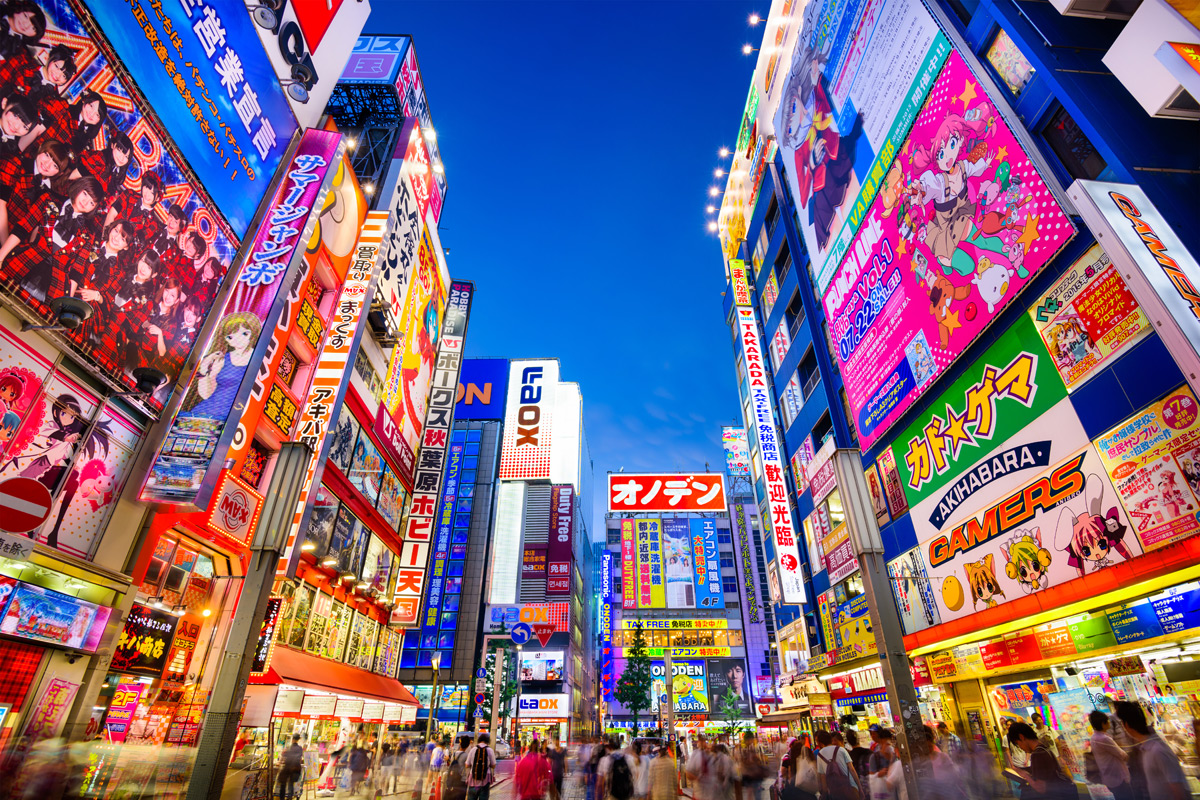
Tokyo, officially Tokyo Metropolis, one of the 47 prefectures of Japan, has served as the Japanese capital since 1869. As of 2014, the Greater Tokyo Arearanked as the most populous metropolitan area in the world. The urban area houses the seat of the Emperor of Japan, of the Japanese government and of the National Diet. Tokyo forms part of the Kantō region on the southeastern side of Japan's main island, Honshu, and includes the Izu Islands and Ogasawara Islands. Tokyo was formerly named Edo when Shōgun Tokugawa Ieyasu made the city his headquarters in 1603. It became the capital after Emperor Meiji moved his seat to the city from Kyoto in 1868; at that time Edo was renamed Tokyo. Tokyo Metropolis formed in 1943 from the merger of the former Tokyo Prefecture and the city of Tokyo. Tokyo is often referred to as a city but is officially known and governed as a "metropolitan prefecture", which differs from and combines elements of a city and a prefecture, a characteristic unique to Tokyo.
The 23 Special Wards of Tokyo were formerly Tokyo City. On July 1, 1943, it merged with Tokyo Prefecture and became Tokyo Metropolis with an additional 26 municipalities in the western part of the prefecture, and the Izu islandsand Ogasawara islands south of Tokyo. The population of the special wards is over 9 million people, with the total population of Tokyo Metropolis exceeding 13.8 million. The prefecture is part of the world's most populous metropolitan area called the Greater Tokyo Area with over 38 million people and the world's largest urban agglomeration economy. As of 2011, Tokyo hosted 51 of the Fortune Global 500 companies, the highest number of any city in the world at that time. Tokyo ranked third (twice) in the International Financial Centres Development Index. The city is home to various television networks such as Fuji TV, Tokyo MX, TV Tokyo, TV Asahi, Nippon Television, NHK and the Tokyo Broadcasting System.


Кобе — один из главных портовых городов Японии, расположен на острове Хонсю. Город является важным транспортным и торговым узлом, а также промышленным центром страны. Кроме этого, Кобе имеет важное религиозное значение и славился «тремя святынями», синтоистскими святилищами Икута, Нагата и Минатогава. К другим достопримечательностям относятся: художественный музей, храм Сума, гробница Минатодзава, парк Соракуэн, старые европейские кварталы улицы Ямамото, портовая башня. Близлежащий остров Авадзи связан с городом мостом Акаси-Кайкё — самым длинным подвесным мостом в мире.

a city in southwestern Japan, on the southern coast of the island of Honshu; population 1,144,572 (2007). It was the target of the first atom bomb, which was dropped by the US on August 6, 1945, and resulted in the deaths of about one third of the city's population of 300,000. This, with a second attack on Nagasaki three days later, led to Japan's surrender and to the end of World War II.


Shanghai is one of the four municipalities under the direct administration of the central government of the Republic of China, the largest city in China by population, and the second most populous city proper in the world, with a population of 24.18 million as of 2017. It is a global financial centre and transport hub, with the world's busiest container port. Located in the Yangtze River Delta, it sits on the south edge of the estuary of the Yangtze in the middle portion of the East Chinacoast. The municipality borders the provinces of Jiangsu and Zhejiang to the north, south and west, and is bounded to the east by the East China Sea.
As a major administrative, shipping and trading city, Shanghai grew in importance in the 19th century due to trade and recognition of its favourable port location and economic potential. The city was one of five treaty ports forced open to foreign trade following the British victory over China in the First Opium War. The subsequent 1842 Treaty of Nankingand 1844 Treaty of Whampoa allowed the establishment of the Shanghai International Settlement and the French Concession. The city then flourished as a centre of commerce between China and other parts of the world (predominantly the Occident), and became the primary financial hub of the Asia-Pacific region in the 1930s. However, with the Communist Party takeover of the mainland in 1949, trade was limited to other socialist countries, and the city's global influence declined. In the 1990s, the economic reforms introduced by Deng Xiaoping resulted in an intense re-development of the city, aiding the return of finance and foreign investment to the city. It has since re-emerged as a hub for international trade and finance; it is the home of the Shanghai Stock Exchange, one of the world's largest by market capitalization.
Shanghai has been described as the "showpiece" of the booming economy of mainland China; renowned for its Lujiazui skyline, and museums and historic buildings, such as those along The Bund, as well as the City God Templeand the Yu Garden.

Shanghai is one of the four municipalities under the direct administration of the central government of the Republic of China, the largest city in China by population, and the second most populous city proper in the world, with a population of 24.18 million as of 2017. It is a global financial centre and transport hub, with the world's busiest container port. Located in the Yangtze River Delta, it sits on the south edge of the estuary of the Yangtze in the middle portion of the East Chinacoast. The municipality borders the provinces of Jiangsu and Zhejiang to the north, south and west, and is bounded to the east by the East China Sea.
As a major administrative, shipping and trading city, Shanghai grew in importance in the 19th century due to trade and recognition of its favourable port location and economic potential. The city was one of five treaty ports forced open to foreign trade following the British victory over China in the First Opium War. The subsequent 1842 Treaty of Nankingand 1844 Treaty of Whampoa allowed the establishment of the Shanghai International Settlement and the French Concession. The city then flourished as a centre of commerce between China and other parts of the world (predominantly the Occident), and became the primary financial hub of the Asia-Pacific region in the 1930s. However, with the Communist Party takeover of the mainland in 1949, trade was limited to other socialist countries, and the city's global influence declined. In the 1990s, the economic reforms introduced by Deng Xiaoping resulted in an intense re-development of the city, aiding the return of finance and foreign investment to the city. It has since re-emerged as a hub for international trade and finance; it is the home of the Shanghai Stock Exchange, one of the world's largest by market capitalization.
Shanghai has been described as the "showpiece" of the booming economy of mainland China; renowned for its Lujiazui skyline, and museums and historic buildings, such as those along The Bund, as well as the City God Templeand the Yu Garden.




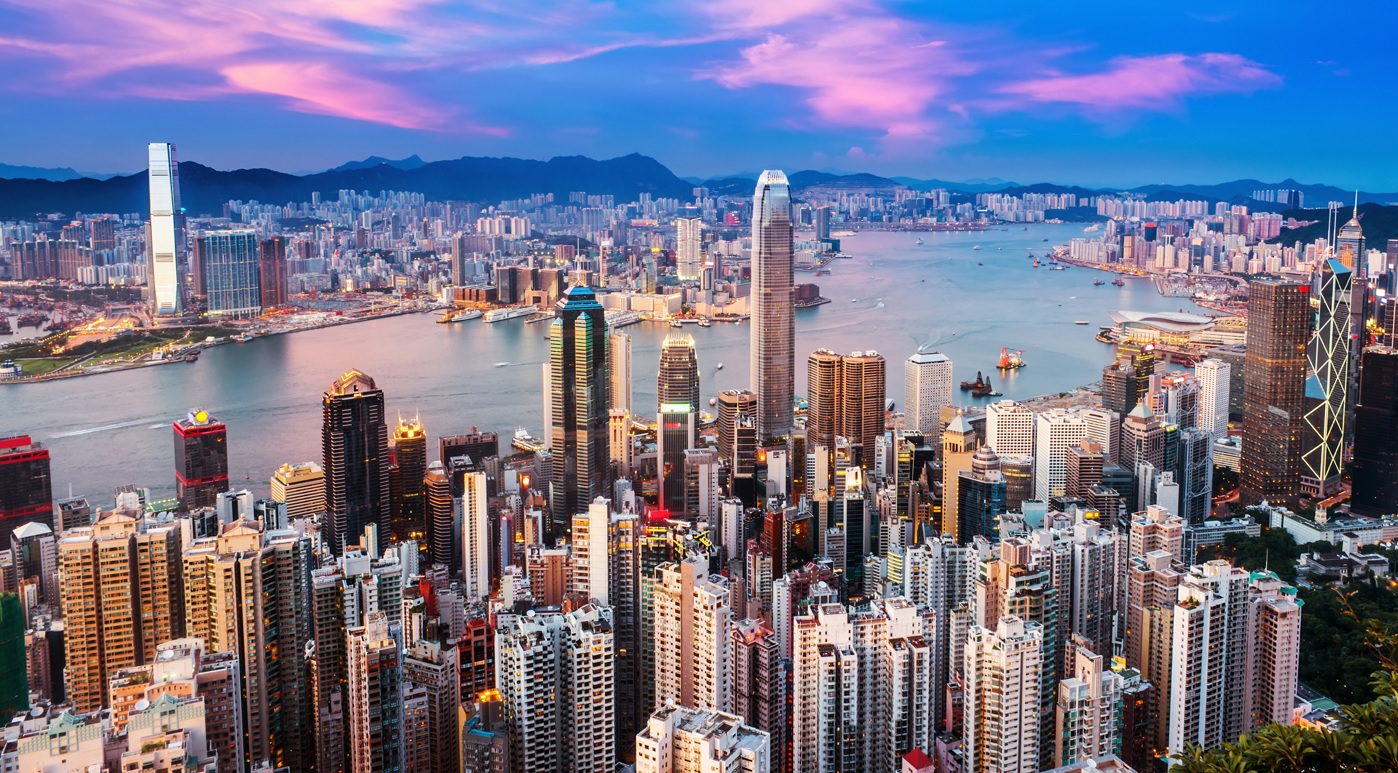
Hong Kon, officially the Hong Kong Special Administrative Region of the People's Republic of China, is a special administrative region on the eastern side of the Pearl River estuary in southern China. With over 7.4 million people of various nationalities in a 1,104-square-kilometre (426 sq mi) territory, Hong Kong is the world's fourth most densely populated region.
Hong Kong became a colony of the British Empire after Qing China ceded Hong Kong Island at the end of the First Opium War in 1842. The colony expanded to the Kowloon Peninsula in 1860 after the Second Opium War, and was further extended when Britain obtained a 99-year lease of the New Territories in 1898. The territory was returned to China when the lease expired in 1997. As a special administrative region, Hong Kong's system of government is separate from that of mainland China and its people overwhelmingly identify as Hongkongers rather than Chinese.
Originally a sparsely populated area of farming and fishing villages, the territory has become one of the world's most significant financial centres and commercial ports. It is the world's seventh-largest trading entity, and its legal tender (the Hong Kong dollar) is the world's 13th-most-traded currency. Although the city has one of the highest per capita incomes in the world, it has severe income inequality.
The territory has the largest number of skyscrapers in the world, most surrounding Victoria Harbour. Hong Kong ranks seventh on the UN Human Development Index, and has the sixth-longest life expectancy in the world. Although over 90 per cent of its population uses public transportation, air pollution from neighbouring industrial areas of mainland China has resulted in a high level of atmospheric particulates.


Da Nang is the fifth largest city in Vietnam after Ho Chi Minh City, Hanoi, Haiphong and Can Tho in terms of urbanization and economy. Located on the coast of the South China Sea at the mouth of the Han River, it is one of Vietnam's most important port cities. As one of the country's five direct-controlled municipalities, it is under the direct administration of the central government.
Da Nang is the commercial and educational centre of Central Vietnam, as well as being the largest city in the region. In addition to its well-sheltered, easily accessible port, Da Nang's location on the path of National Route 1A and the North–South Railway makes it a hub for transportation. It is located within 100 km (62 mi) of several UNESCO World Heritage Sites, including the Imperial City of Hue, the Old Town of Hoi An, and the My Son ruins. The city was previously known as Cửa Hàn during early Đại Việt settlement, and as Tourane (or Turon) during French colonial rule. Before 1997, the city was part of Quang Nam-Da Nang Province.
On 1 January 1997, Da Nang was separated from Quảng Nam Province to become one of four independent (centrally controlled) municipalities in Vietnam. Da Nang is listed as a first class city, and has a higher urbanization ratio than any of Vietnam's other provinces or centrally governed cities.

Nha Trang is a coastal city and capital of Khánh Hòa Province, on the South Central Coast of Vietnam. It is bounded on the north by Ninh Hoà district, on the south by Cam Ranh town and on the west by Diên Khánh District. The city has about 392,000 inhabitants, a number that is projected to increase to 560,000 by 2015 and 630,000 inhabitants by 2025. An area of 12.87 square kilometres (4.97 sq mi) of the western communes of Diên An and Diên Toàn is planned to be merged into Nha Trang which will make its new area 265.47 square kilometres (102.50 sq mi) based on the approval of the Prime Minister of Vietnam in September 2012.
Nha Trang is well known for its beaches and scuba diving and has developed into a popular destination for international tourists, attracting large numbers of backpackers, as well as more affluent travelers on the south-east Asia circuit; it is already very popular with Vietnamese tourists, with Nha Trang Bay widely considered as among the world's most beautiful bays. Tourists are welcomed to participate in the Sea Festival, held biennially. Nha Trang was the site of the Miss Universe 2008 Pageant on July 14, 2008 and Miss Earth 2010 was held on December 4, 2010. It was also the site for the April 14, 2015 season 8 finale of Face Off. Nha Trang was approved to host the 2016 Asian Beach Games.
Historically, the city was known as Kauthara under the Champa. The city is still home to the famous Po Nagar Tower built by the Champa. Being a coastal city, Nha Trang is a centre for marine science based at the Nha Trang Oceanography Institute. The Hon Mun marine protected area is one of four first marine protected areas in the world admitted by the IUCN.
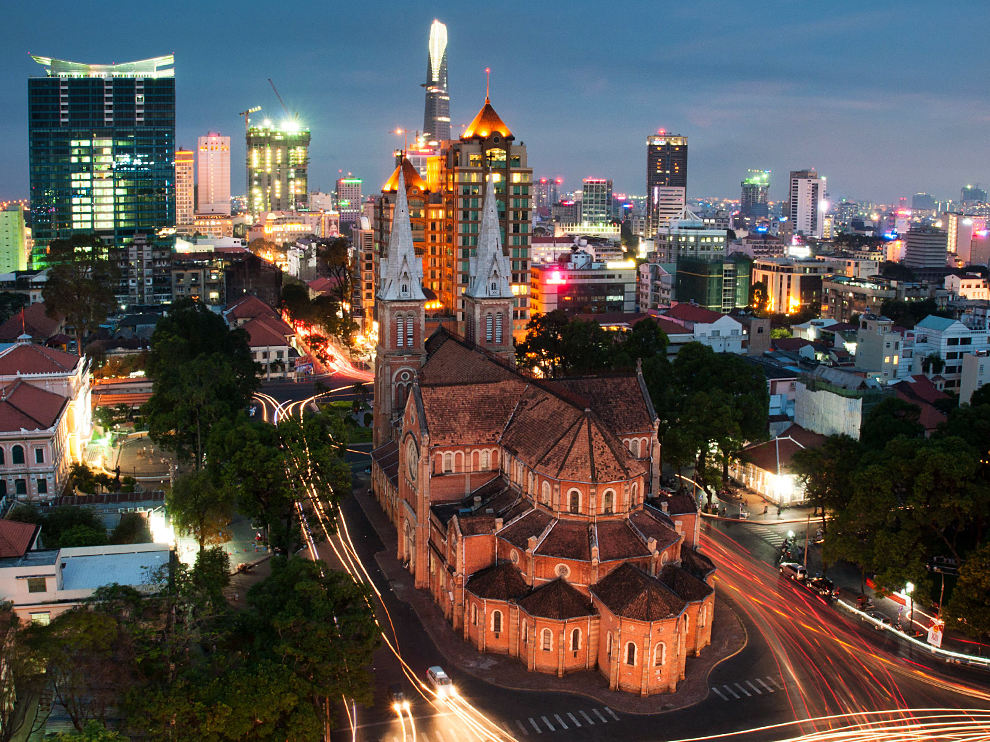
Ho Chi Minh City, also known by its former name of Saigon is the most populous city in Vietnam with a population of 8.4 million (13 million in the metropolitan area) as of 2017. Located in southeast Vietnam, the metropolis surrounds the Saigon River and covers about 2,061 square kilometres (796 square miles).
Under the name Saigon, it was the capital of French Indochina from 1887 to 1902 and again from 1945 to 1954. Saigon would later become the capital of South Vietnam from 1955 until its fall in 1975. On 2 July 1976, Saigon merged with the surrounding Gia Định Province and was officially renamed Ho Chi Minh City after revolutionary leader Hồ Chí Minh (although the name Sài Gòn is still widely used).
Ho Chi Minh City is the financial centre of Vietnam and is classifed as a Beta+ World City by Globalization and World Cities Research Network. It is home to the Ho Chi Minh City Stock Exchange, the largest stock exchange by total market capitalization in Vietnam and the headquarters of many national and international banks and companies.
Ho Chi Minh City is the most visited city in Vietnam, with 6.3 million visitors in 2017. Many of the city's landmarks which are well known to international visitors include the Bến Thành Market, Ho Chi Minh City Hall, Notre-Dame Cathedral Basilica of Saigon, Independence Palace and the Municipal Theatre. The main passenger airport serving the metropolitan area is Tan Son Nhat International Airport, it is the busiest airport in Vietnam handling 36 million passengers in 2017.

Ho Chi Minh City, also known by its former name of Saigon is the most populous city in Vietnam with a population of 8.4 million (13 million in the metropolitan area) as of 2017. Located in southeast Vietnam, the metropolis surrounds the Saigon River and covers about 2,061 square kilometres (796 square miles).
Under the name Saigon, it was the capital of French Indochina from 1887 to 1902 and again from 1945 to 1954. Saigon would later become the capital of South Vietnam from 1955 until its fall in 1975. On 2 July 1976, Saigon merged with the surrounding Gia Định Province and was officially renamed Ho Chi Minh City after revolutionary leader Hồ Chí Minh (although the name Sài Gòn is still widely used).
Ho Chi Minh City is the financial centre of Vietnam and is classifed as a Beta+ World City by Globalization and World Cities Research Network. It is home to the Ho Chi Minh City Stock Exchange, the largest stock exchange by total market capitalization in Vietnam and the headquarters of many national and international banks and companies.
Ho Chi Minh City is the most visited city in Vietnam, with 6.3 million visitors in 2017. Many of the city's landmarks which are well known to international visitors include the Bến Thành Market, Ho Chi Minh City Hall, Notre-Dame Cathedral Basilica of Saigon, Independence Palace and the Municipal Theatre. The main passenger airport serving the metropolitan area is Tan Son Nhat International Airport, it is the busiest airport in Vietnam handling 36 million passengers in 2017.


Сингапур довольно необычный город Азии — это город-государство, которое расположилось на островах в Индийском океане. Его колониальные кварталы, храмы, музеи, великолепны парки, аттракционы, современные небоскребы и крупнейший морской порт, придают городу уникальный колорит и неповторимость. Город получил важное экономическое и политическое значение среди стран Восточной Азии. Все основные достопримечательности сосредоточены в четырех районах города. Основными из них являются: здание Импресс-Плейс-Билдинг, армянская церковь Св. Грегора-Святителя, Концертный зал и театр Виктории, англиканский собор Св. Андрея, католический собор Гуд-Шеферд, здания Парламента, а так же много других памятников архитектуры, дворцов, храмов и просто интересных улиц и кварталов.


Penang is a Malaysian state located on the northwest coast of Peninsular Malaysia, by the Malacca Strait. It has two parts: Penang Island, where the capital city, George Town, is located, and Seberang Perai (formerly Province Wellesley) on the Malay Peninsula. The second smallest Malaysian state by land mass, Penang is bordered by Kedahto the north and the east, and Perak to the south.
Penang's population stood at nearly 1.767 million as of 2018, while its population density rose to 1,684/km2(4,360/sq mi). It has among the nation's highest population densities and is one of the country's most urbanised states. George Town, Malaysia's second largest city, is also home to a UNESCO World Heritage Site.
Penang's modern history began in 1786, upon the establishment of George Town by Francis Light. Penang formed part of the Straits Settlements in 1826, which became a British crown colony in 1867. Direct British rule was only briefly interrupted during World War II, when Japan occupied Penang; the British retook Penang in 1945. Penang was later merged with the Federation of Malaya (now Malaysia), which gained independence from the British in 1957. Following the decline of its entrepôt trade towards the 1970s, Penang's economy was reoriented towards hi-tech manufacturing.
Known as the Silicon Valley of the East for its industries, Penang is one of Malaysia's most vital economic powerhouses. Penang has the highest Gross Domestic Product per capita among all Malaysian states and is considered a high-income economy. In addition, Penang recorded the nation's second highest Human Development Index, after Kuala Lumpur. Correspondingly, the state has a relatively well-educated population, with a youth literacy rate of 99.5% as of 2014.
Its heterogeneous population is highly diverse in ethnicity, culture, language and religion. Aside from the three main races, the Chinese, Malays and Indians, Penang is home to significant Eurasian, Siamese and expatriate communities. A resident of Penang is colloquially known as a Penangite or Penang Lâng (in Penang Hokkien).

Phuket is one of the southern provinces (changwat) of Thailand. It consists of the island of Phuket, the country's largest island, and another 32 smaller islands off its coast. It lies off the west coast of Thailand in the Andaman Sea. Phuket Island is connected by the Sarasin Bridge to Phang Nga Province to the north. The next nearest province is Krabi, to the east across Phang Nga Bay.








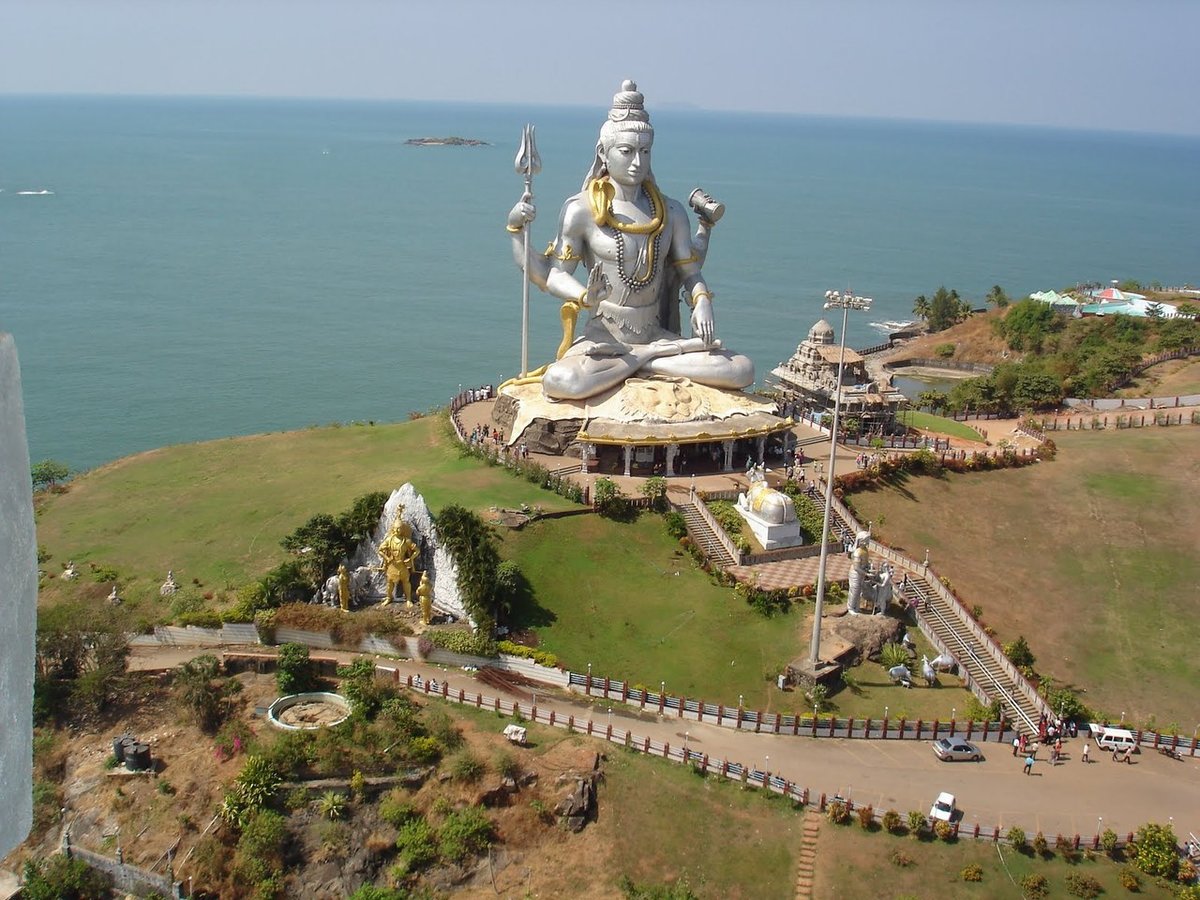

a state on the western coast of India; capital, Panaji. Formerly a Portuguese territory, it was seized by India in 1961. It formed a Union Territory with Daman and Diu until 1987, when it was made a state
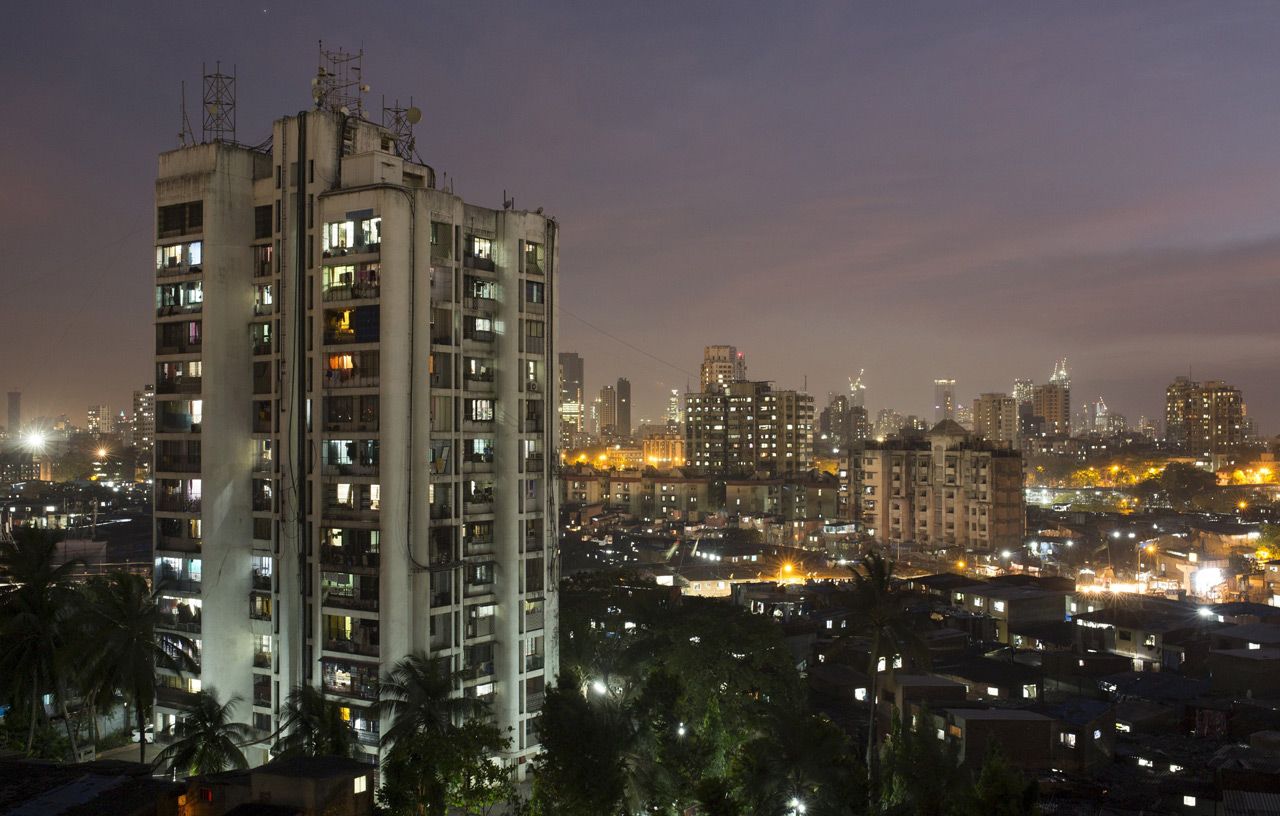
Mumbai is the capital city of the Indian state of Maharashtra. It is the most populous city in India with an estimated city proper population of 12.4 million as of 2011. Along with the neighbouring regions of the Mumbai Metropolitan Region, it is the second most populous metropolitan area in India, with a population of 21.3 million as of 2016. Mumbai lies on the Konkancoast on the west coast of India and has a deep natural harbour. In 2008, Mumbai was named an alpha world city. It is also the wealthiest city in India, and has the highest number of millionaires and billionaires among all cities in India. Mumbai is home to three UNESCO World Heritage Sites: the Elephanta Caves, Chhatrapati Shivaji Maharaj Terminus, and the city's distinctive ensemble of Victorian and Art Deco buildings.



Fujairah is one of the seven emirates that make up the United Arab Emirates, and the only one of the seven that has a coastline solely on the Gulf of Oman and none on the Persian Gulf. The capital is Fujairah City.

Dubai is the largest and most populous cityin the United Arab Emirates (UAE). On the southeast coast of the Persian Gulf, it is the capital of the Emirate of Dubai, one of the seven emirates that make up the country.
Dubai is a global city and business hub of the Middle East. It is also a major global transport hub for passengers and cargo. Oil revenue helped accelerate the development of the city, which was already a major mercantile hub, but Dubai's oil reserves are limited and production levels are low: today, less than 5% of the emirate's revenue comes from oil. A growing centre for regional and international trade since the early 20th century, Dubai's economy today relies on revenues from trade, tourism, aviation, real estate, and financial services.
Dubai has attracted world attention through large construction projects and sports events, in particular the world's tallest building, the Burj Khalifa. As of 2012, Dubai was the most expensive city in the Middle East. In 2014, Dubai's hotel rooms were rated as the second most expensive in the world.